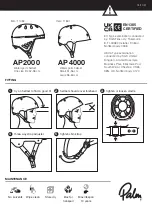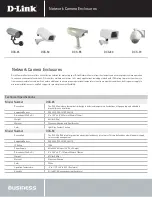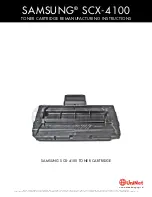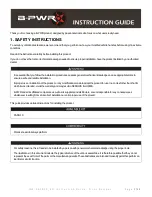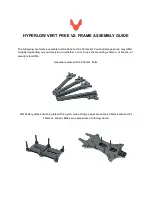
LR7009
Electronic level sensor
14
Substances such as screw retaining compounds may migrate into the medium.
u
Make sure that they are harmless.
When using mechanical means of securing (e.g. tooth lock washer), protruding edges must be
avoided. They may cause interference reflection.
5.3.2 Installation of the coaxial pipe
This chapter is only relevant if the device is to be operated with a coaxial probe.
The coaxial pipe and the rod must be of the same end length. The coaxial pipe can be
shortened.
A
C
B
32
32
u
Screw the rod to the device and tighten it.
Tightening torque: 4 Nm.
u
Slide the sensor seal (A) onto the thread.
u
Slide the coaxial pipe (B) onto the rod. Carefully centre it and
carefully move the rod through the centring piece (C) – for lengths
> 140 cm through both centring pieces – of the coaxial pipe. Do not
damage the centring pieces.
u
Screw onto the sensor thread and tighten.
5.4 Shortening of the probe
5.4.1 Shortening of the rod and determination of its length L
The rod can be shortened to adapt to different tank heights.
Ensure that the probe length is never below the minimum permissible length (L
min
) of 10 cm! The
device does not support probe lengths below 10 cm. If shorter probes are used, measurement
errors can occur.
L
min
L
u
Screw the rod to the device.
u
Mark the desired length (L) on the rod. The reference point is the
lower edge of the process connection.
u
Remove the rod from the device.
u
Shorten the rod at the mark.
u
Remove all burrs and sharp edges.
u
Screw the rod to the device again and tighten it.
Tightening torque: 4 Nm.
u
Precisely measure the probe length L and note the value. It must be
entered during parameter setting of the device.
5.4.2 Shortening of the coaxial pipe
The coaxial pipe and the rod must be of the same end length:






























